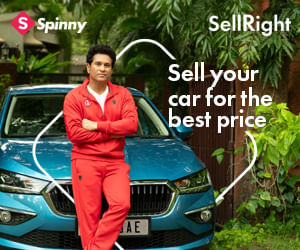Electrification, a word all car enthusiasts like to shy away from. This sort of makes sense. Adding electricity normally means smaller engines, less cubic capacity and, in the minds of many car enthusiasts, less power and less fun. But this isn’t always the case. I’ve recently been driving a string of strong and plug-in hybrids, and the more I drive these modern ones, the more I realise that the tech is going in the right direction.
First up, let me make it clear, the hybrids I’m talking about are the ones that deliver a good amount of torque and e-boost; upwards of at least 50 to 60hp, emphatically not the one and two horsepower of very, very mild hybrids.
Then, not all e-boosted engines work well. Getting the electric motor, batteries and controllers to deliver both greater efficiency and better performance is difficult, and let’s face it, priority one today is E and E – emissions and efficiency. It’s why we have these electrified engines in the first place. What is a pleasant surprise, however, is just how good some of the stronger hybrids systems have become today. And what’s great is that they work well at low, medium and high engine speeds.
First up, there’s the e-boost. Tap the throttle and what you should get in a well-configured and well-set-up system is an immediate shot of torque. There are two factors that come into play here. For one, e-motors react instantly. There’s no lag, no delay and no waiting. Put your foot down and BAAAM, the reaction is near instantaneous. And adding to this is the fact that electric motors deliver maximum torque just off idle. So, as long as you have a healthy amount of e-boost and, importantly, the system serves it up, the bottom end of the engine gets loaded with torque. In fact, at lower speeds, an e-boost complements a combustion engine perfectly.
By the time you get into the midrange, both the e-motor and the combustion engine are normally on song. The smaller engines normally used here don’t have quite as much torque, and this can be a problem. But by combining the e-motor and the engine, a healthy amount of progress can be made. Things do get a bit tricky at times. Smaller capacity turbo engines are often heavily boosted with big turbos and these take longer to spool up. But a well-tuned setup can get over these issues. The real cherry on the cake is that the best systems also manage to deliver a strong top end. Having a smaller engine capacity helps the engines rev higher and then as long as fuel delivery isn’t constrained, and the turbos are set up nicely, these happy-to-rev engines help complete the picture.
So yes, a strong amount of e-boost can certainly compensate for reduced cubic capacity, and that has a lot to do with the fact that a combustion engine and an e-motor complement each other perfectly.






















